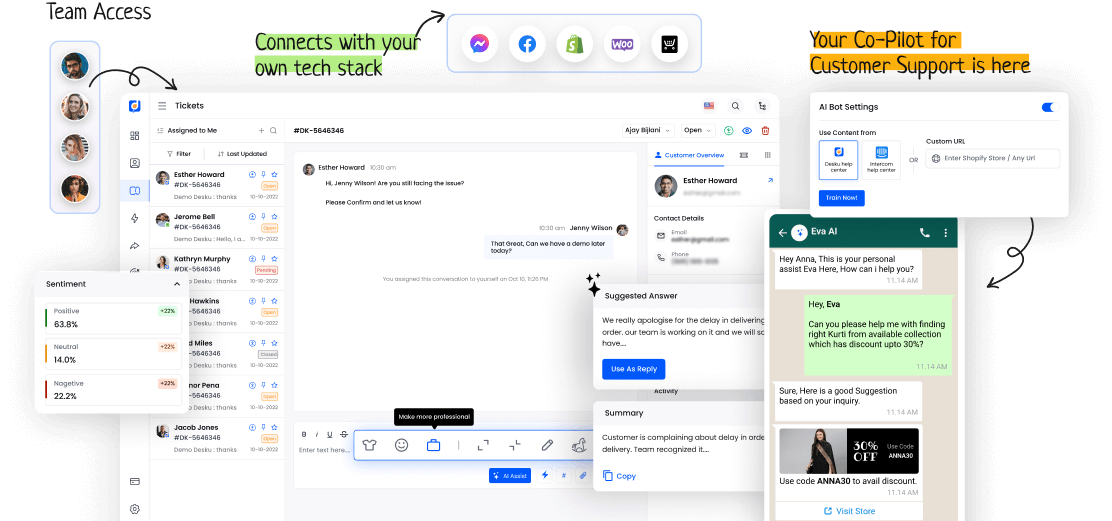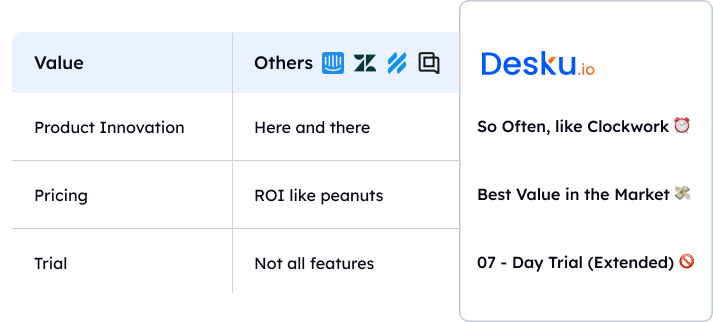Markdown, a standard word in writing and web circles, makes text formatting easy. Its simple syntax lets users structure content fast. It is less complex than old markup languages. It makes tasks like making headers and adding pictures quicker.
But, Markdown has more to offer. It has many hidden features. Let's explore the many sides of Markdown and its unused power in different areas.
I. Definition of Markdown
Markdown, often used in writing and web development, is a simple markup language. It formats text easily. It simplifies tasks such as making headings, bolding words, and inserting links.
Markdown tools like Typora, Visual Studio Code, and MarkdownPad provide a clear interface. They allow users to write and preview content effectively. These tools enhance the Markdown writing experience, making it easy for everyone.
II. Importance and Uses of Markdown
Markdown's usefulness spans more than just simple text formatting. Its efficiency and simplicity make it a key tool in many fields.
- Why Markdown Matters:
- It's simple to grasp and apply
- Works on many platforms
- Increases cooperation and output
- Cuts down time and mistakes
Markdown's uses range from creating documents and notes, to making web content and managing projects.
III. Basic Syntax in Markdown
Markdown employs a simple array of symbols and conventions, thus creating a simplified method for formatting text and organizing content efficiently. It provides different formatting options like bold, *italic*, and [links](www.example.com) to strengthen text. Frequent mistakes in Markdown include not adding spaces after symbols like # for headers. Below is a table summarizing basic formatting options and usual mistakes:
| Formatting Options | Usual Mistakes |
|---|---|
| Bold text | Neglecting to add spaces after symbols |
| *Italic* text | Overlooking the addition of line breaks |
| [Links](www.example.com) | Incorrectly nesting elements |











